
Linear Variable Differential Transformers (LVDTs) are well known for being versatile, and able to reliably function in many challenging environments. They withstand threats of vibration, pressure, corrosion, and more. Perhaps the most demanding challenge they face is extreme heat. Standard LVDTs simply can’t survive the heat, but their…Read More

Linear Variable Differential Transformers (LVDTs) are precision sensors well known for their reliability in position measurement applications. While they are not the first choice for typical vibration measurement uses, LVDTs do offer advantages for specific applications when certain conditions exist. Typically, these are ones where measurement of both…Read More

For thickness measurement, manufacturers have a number of options: optical, capacitive, inductive, and contact-based methods. Each has its own strengths and drawbacks. The ideal choice depends on the demands of each use. Let’s see how LVDTs measure up when compared to some alternatives for a few interesting applications.
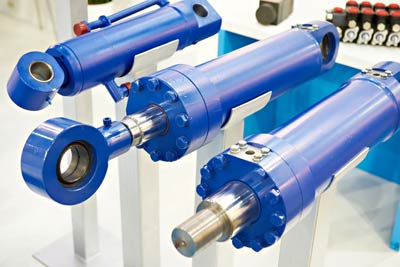
Position sensing plays a crucial role in ensuring precise control and reliable operation for hydraulic actuation. While Linear Variable Differential Transformers (LVDTs) are the go-to sensing solution, several competing technologies offer various advantages and trade-offs. Today we’ll explore the four main position sensing technologies used in hydraulic actuators:…Read More
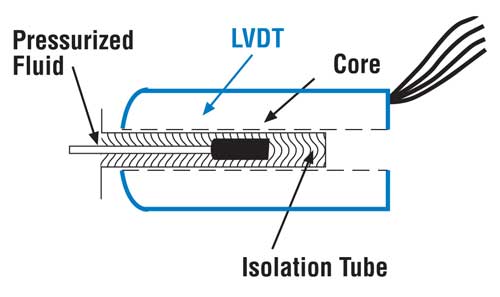
Many applications call for LVDTs to be mounted in a pressure vessel. Certain design considerations must be made so the LVDT can still perform well under higher pressures, or when there are subject to significant changes…Read More
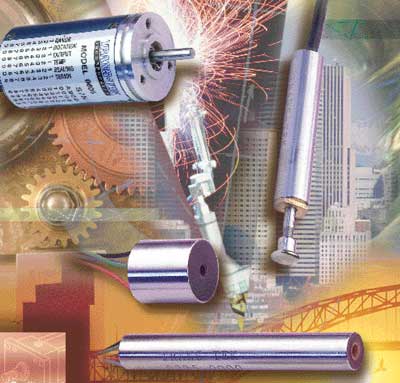
Linear position sensors play a critical role in various consumer and industrial applications, quietly supporting functionalities from robotics and automation to electronics and automotive systems. Simply put, these devices convert physical movement into electrical signals, providing valuable position data for control, monitoring, and safety purposes.
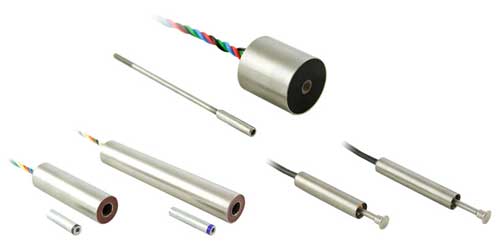
LVDTs are versatile, yet relatively simple devices that are used in a wide variety of applications and industries to measure displacement. They are precision inductive sensors that are built around a simple yet very efficient design. LVDTs are made up of three components: a primary coil, two…Read More

Often, an LVDT installation will require a signal conditioner to convert, process or enhance the generated signals by the sensor. There are lots to choose from on the market, and they are offered with lots of features and options. As a result, we are often asked by customers…Read More
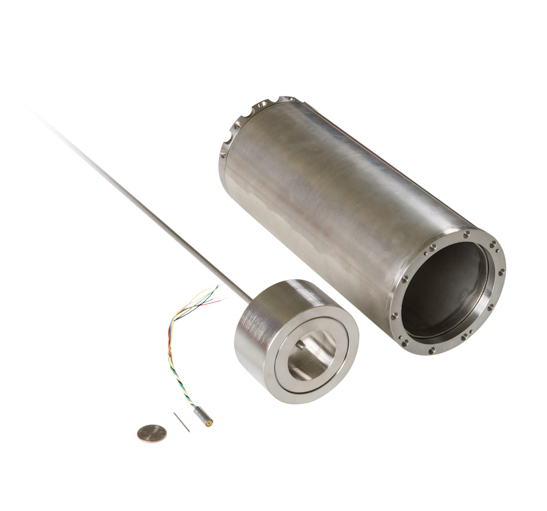
More and more, LVDT buyers find themselves faced with a choice: should they use a stock unit that doesn’t exactly meet their needs, then make accommodations on their end. Or the reverse, have the LVDT modified to meet their specs, thus simplifying production by making installation less complicated….Read More
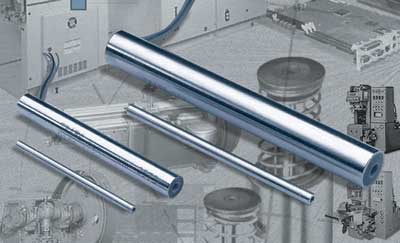
A linear velocity transducer (LVT), simply referred to as a transducer, is used to measure dynamic velocity. It achieves this by converting velocity into a voltage output. It is a rather simple device that consists of a magnet that moves through a wire coil. In this case, velocity…Read More











